Growing fruit indoors might sound a little out there, but trust me—it’s totally doable and, honestly, pretty rewarding. Whether you’re rockin’ a cozy apartment in the city or just want to add a fresh vibe to your home, indoor fruit trees are a fantastic way to get some greenery and fresh fruit without stepping outside.
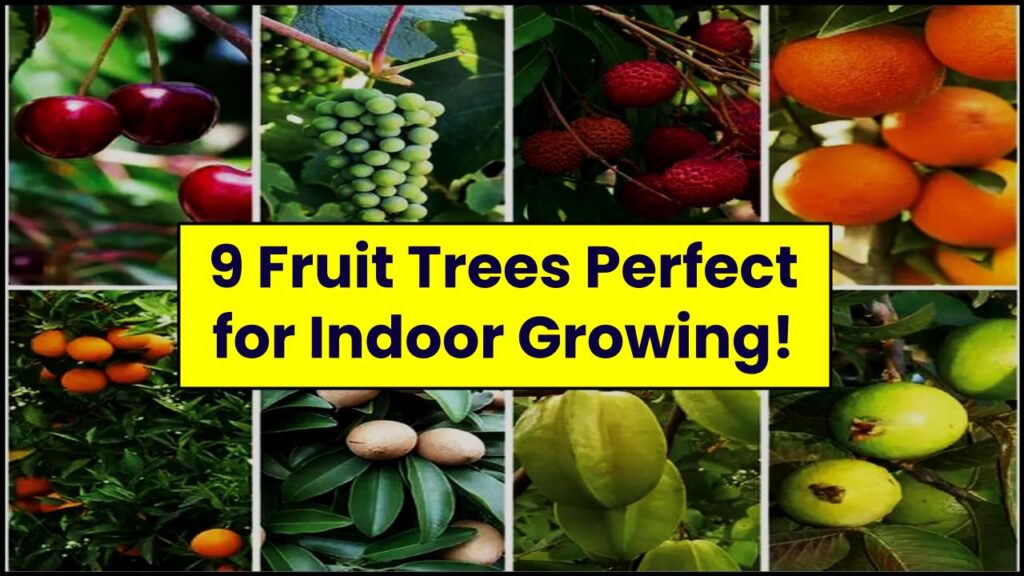
In this guide, we’ll dive into the top 9 fruit trees that flourish indoors, dish out practical advice, and cover all the basics to help you grow your own indoor orchard. By the end, you’ll be ready to start your green-thumb journey with confidence—and a little swagger.
Why Grow Fruit Indoors?
There’s something magical about plucking a fresh lemon or a ripe strawberry right off your own tree—no grocery runs needed. Plus, indoor fruit trees:
- Save money on produce
- Cut down food miles (helping the planet)
- Boost your home’s air quality and humidity
- Add a beautiful, natural vibe to your space
- Support mental well-being with the calming presence of greenery
The 9 Best Indoor Fruit Trees and How to Care for Them
1. Dwarf Meyer Lemon
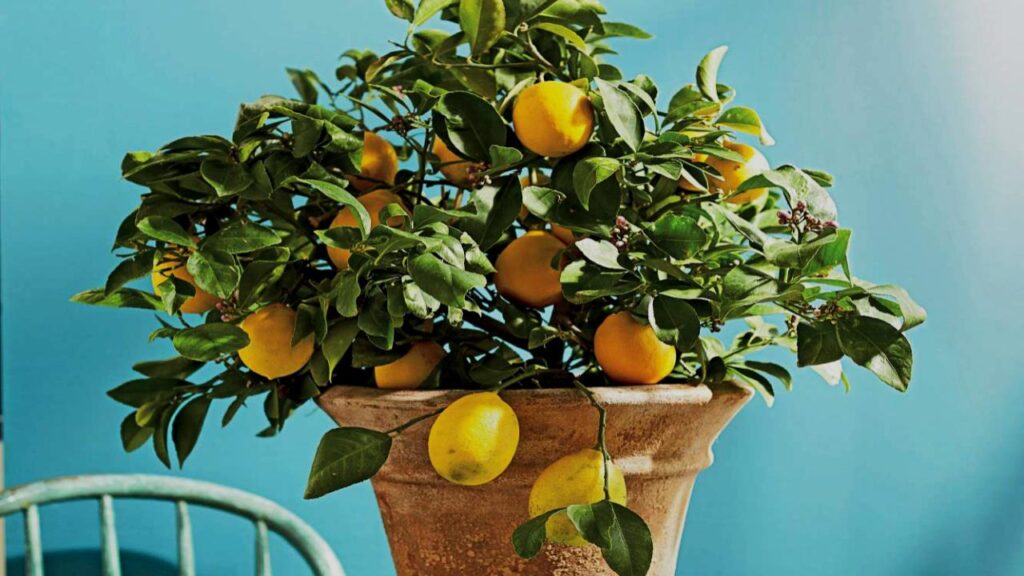
This is the king of indoor citrus. Meyer lemons are sweeter and more fragrant than regular lemons, perfect for homemade lemonade or zesting. Keep it in a spot with plenty of sun, water moderately, and provide well-draining soil. Don’t forget to fertilize during growing season.
2. Calamondin Orange
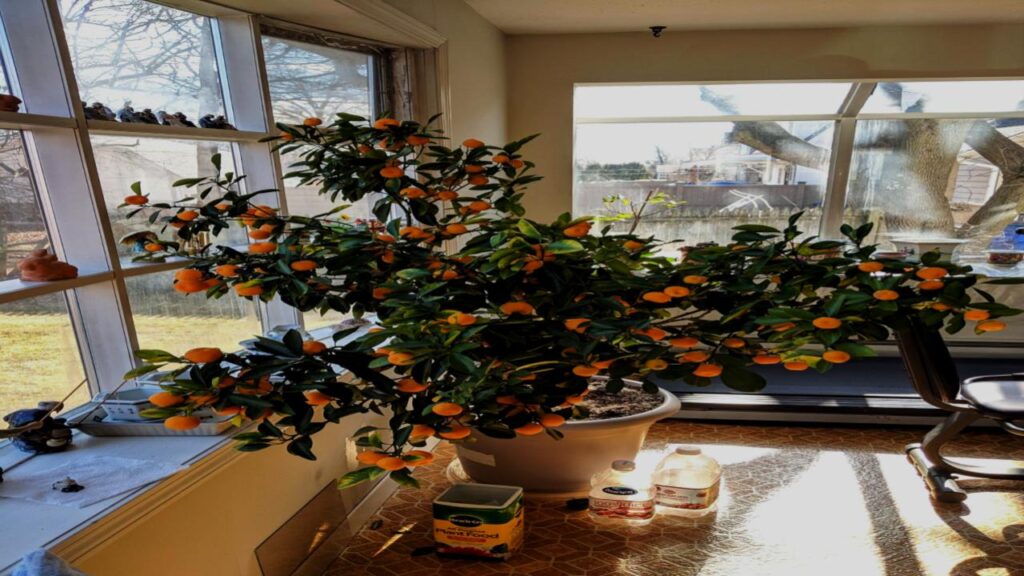
Compact and hardy, this tree thrives indoors and produces tart little fruits that are perfect for jams or cocktails. It handles dry air better than most, so it’s great if your home’s heating dries out the air in winter.
3. Fig (Ficus carica)
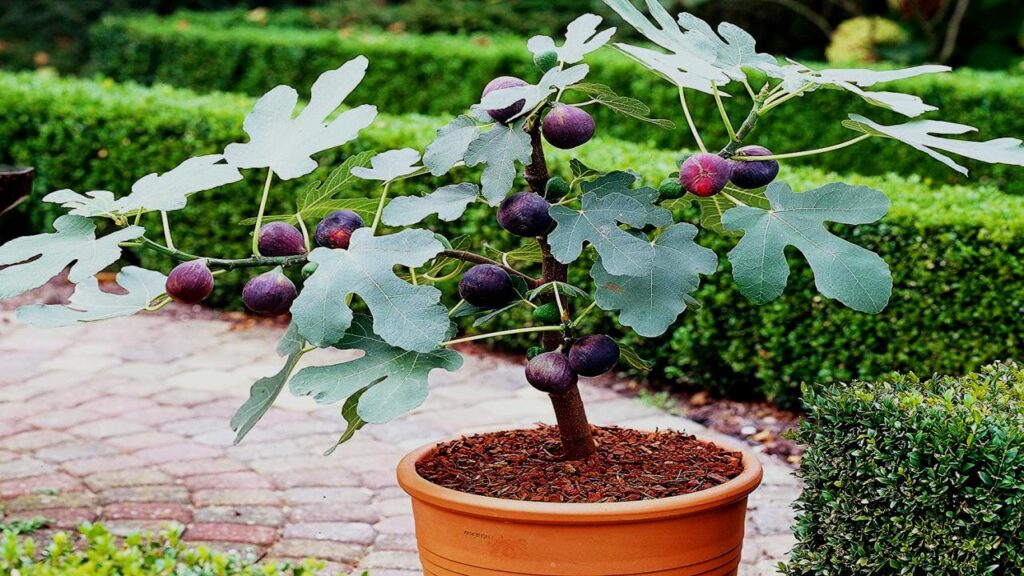
Dwarf fig trees can flourish indoors, reaching a manageable 3-4 feet. They need good sun and regular watering, but watch out for overwatering. Their leaves are gorgeous and they’ll reward your patience with sweet figs.
4. Strawberries
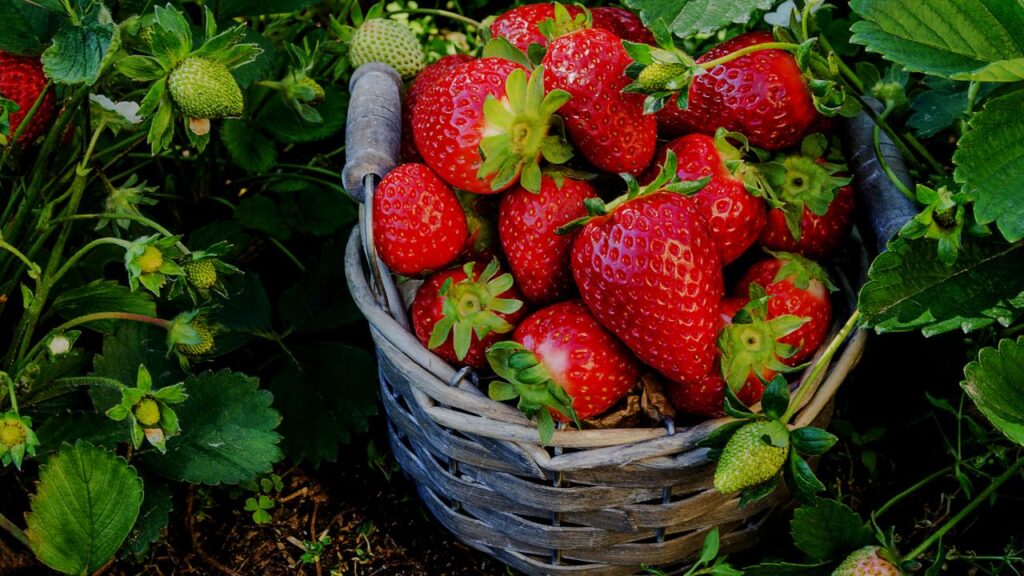
These are fast fruiters and perfect for hanging baskets or window boxes. They need good airflow and consistent watering. Since pollinators aren’t common indoors, a little hand pollination with a brush will do the trick.
5. Olive Tree
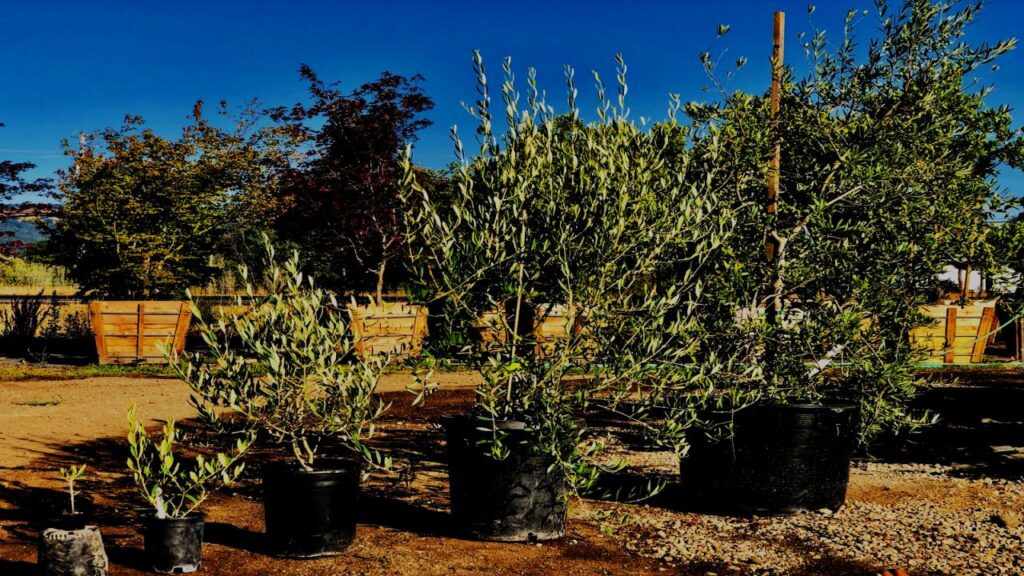
The olive tree is a patient friend—it takes a while to fruit, but it’s a classic Mediterranean houseplant that loves sun and drier soil. It adds a sophisticated look and can live for years indoors.
6. Tangerine (Mandarin)
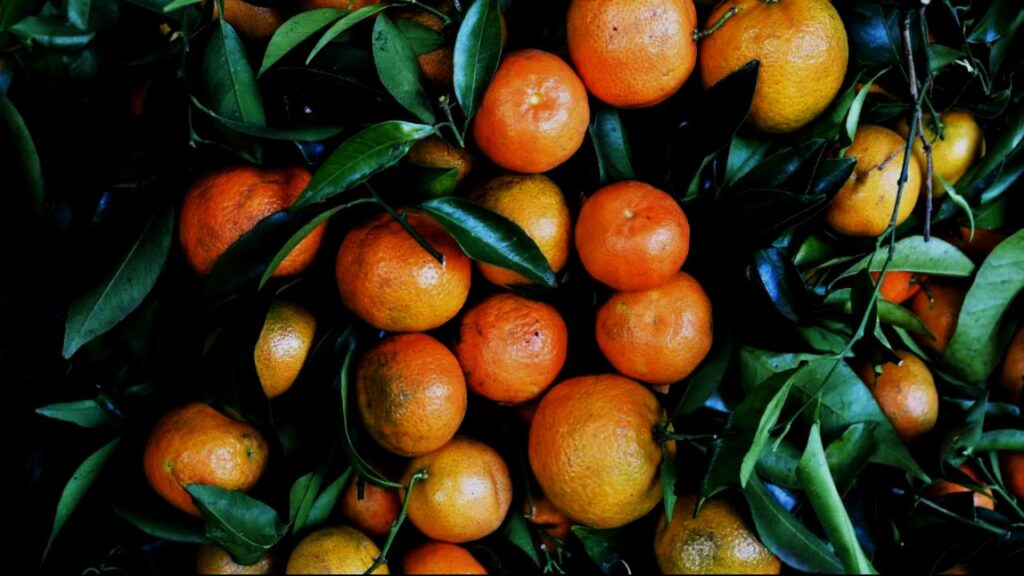
A dwarf mandarin tree is sweet-smelling and manageable in size. It thrives with acidic soil and a sunny window. Fertilize regularly in the growing season, and you’ll enjoy fragrant flowers and juicy fruit.
7. Banana (Dwarf Cavendish)
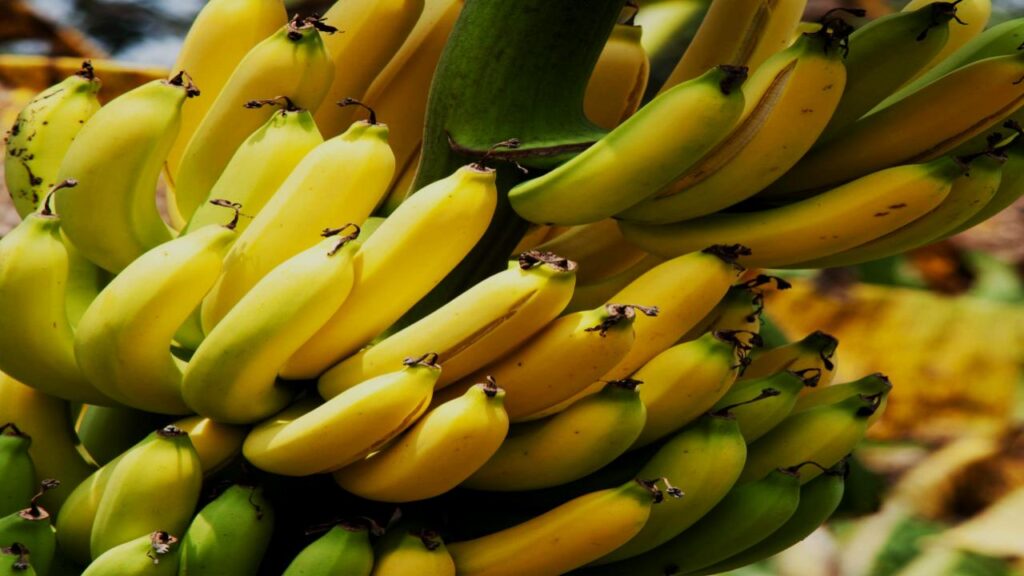
The dwarf banana is a tropical showstopper. It loves humidity and bright light, so keep it misted and in a sunny spot. The bananas it produces are smaller but still delicious.
8. Avocado
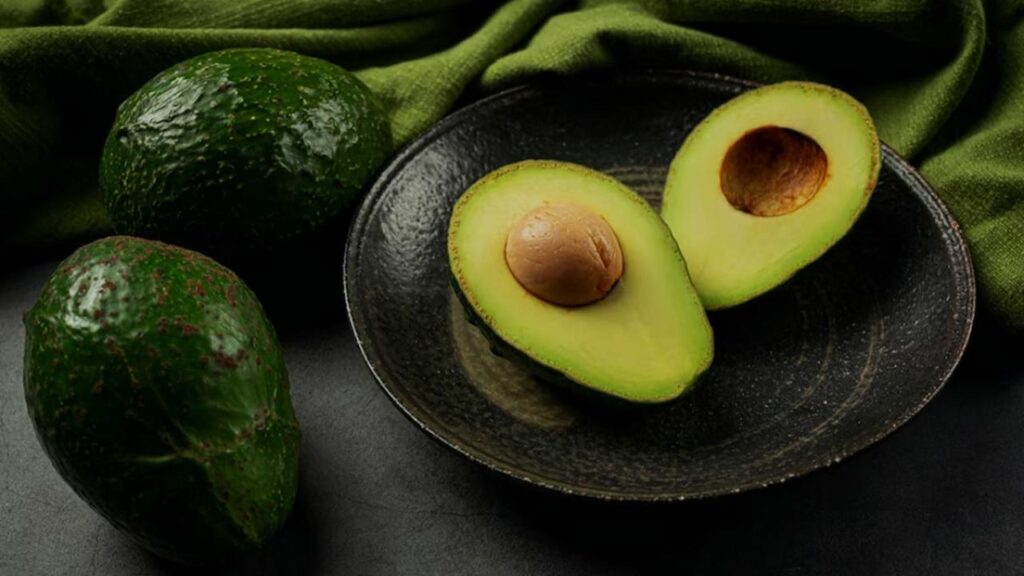
Growing avocado indoors is a long game, often taking 15-20 years to fruit unless you get a grafted plant. But the lush greenery it provides is worth it, and with patience, you might just get homegrown guac!
9. Pineapple
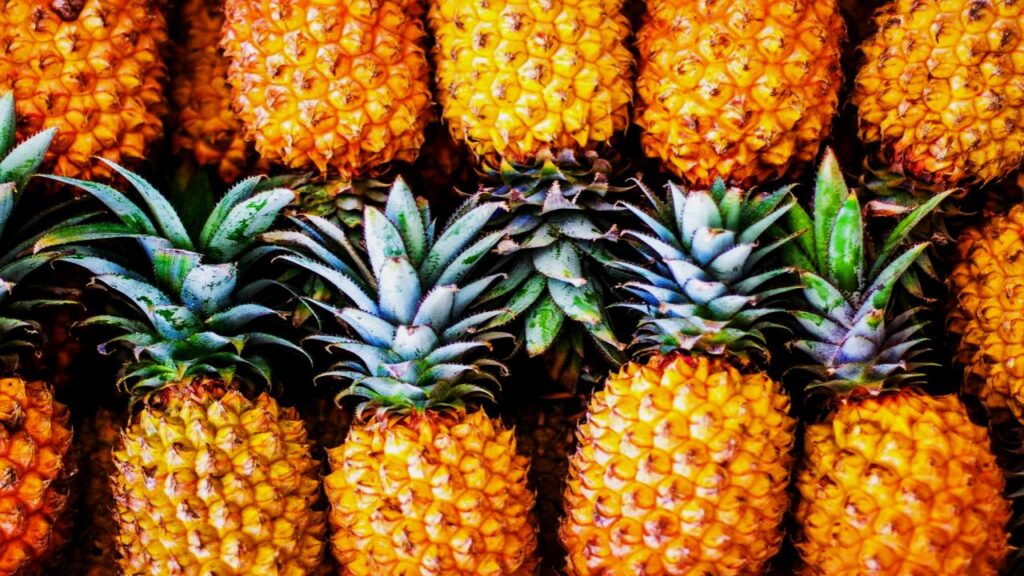
Start by planting the top of a pineapple. It needs warmth, humidity, and bright light. Indoors, pineapples stay smaller but pack that signature sweet punch.
Common Challenges and How to Overcome Them
Growing fruit indoors isn’t all sunshine and rainbows. Here’s what you might run into and how to fix it:
- Lack of Light: If your window game is weak, supplement with grow lights to keep your trees healthy.
- Overwatering: Too much water = root rot. Always check soil moisture before watering.
- Pest Problems: Watch for spider mites or aphids; treat early with insecticidal soap or neem oil.
- Pollination Issues: Some trees need hand pollination—grab a small paintbrush and get busy!
- Low Humidity: Use humidifiers or mist your plants, especially in dry months.
Indoor Fruit Tree Maintenance Schedule
| Task | Frequency | Notes |
|---|---|---|
| Watering | Weekly or as needed | Soil top inch dry before watering |
| Fertilizing | Every 4-6 weeks (spring-summer) | Use balanced, water-soluble fertilizer |
| Pruning | Annually or as needed | Maintain shape, remove dead branches |
| Pollination | During flowering season | Hand pollinate flowers if indoors |
| Pest Check | Weekly | Early detection is key |
Environmental Benefits of Indoor Fruit Trees
Growing fruit trees indoors doesn’t just reward your taste buds—it helps your home environment too. Indoor plants:
- Improve air quality by filtering toxins and releasing oxygen
- Increase humidity, which helps skin and respiratory health
- Reduce stress and boost mood through interaction with nature indoors
